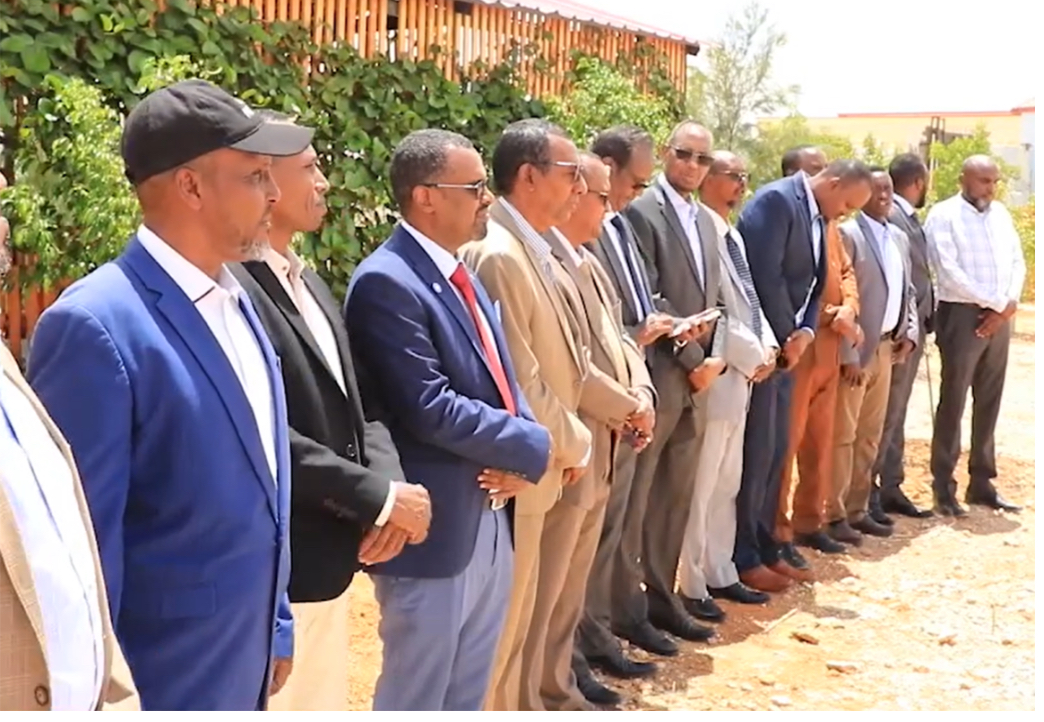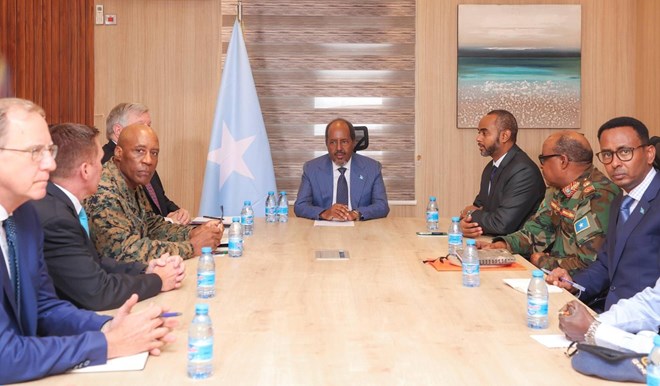Share the post "Navigating Uncertainty: Possible election pathways for Somalia in 2026.."
It has been three years since President Hassan Sheikh was elected through Somalia’s indirect electoral model, wherein parliamentarians appointed by clan delegates select the president. With only one year remaining in his mandate, debates have intensified regarding the nature of the power transfer upon its conclusion…
Mr.Mohamud has consistently asserted that a one-person, one-vote (1P1V) election is the sole legitimate mechanism for transferring power To this end, the federal government has unilaterally established an electoral committee that has initiated a hasty voter registration drive in parts of Mogadishu.
Critics argue that the president’s push for 1P1V may be a strategic move to extend his tenure under the guise of democratic reform. The unilateral nature of the voter registration efforts, without broad consensus from all federal member states and other stakeholders, further exacerbates tensions and raises concerns about the legitimacy of the proposed electoral process.
Background
Somalia’s political landscape has long been characterized by indirect electoral processes rooted in clan-based power-sharing arrangements. These systems, while initially intended as temporary measures to stabilize governance post-civil war, have persisted and now face significant criticism for fostering corruption and marginalizing minority groups. Despite gradual progress toward building governance structures aimed at ensuring transparency and accountability, the current administration’s actions risk undermining these gains and potentially destabilizing the state.
Electoral Scenarios for 2026
- The proposed shift to a 1P1V electoral system marks a significant democratic milestone. However, substantial obstacles hinder its feasibility:
- Security Challenges: Persistent insecurity, particularly in regions surrounding the capital, poses significant risks to nationwide electoral processes.
- Institutional Capacity: Decades of conflict have severely weakened Somalia’s institutional capacity, with key institutions needed to administer credible elections remaining underdeveloped or non-functional.
- Infrastructure Deficits: The absence of foundational judicial and electoral infrastructure—such as comprehensive voter registration systems and robust logistical frameworks—significantly hampers the feasibility of implementing direct elections in Somalia. These critical deficits not only impede the operational capacity to conduct nationwide voting but also undermine the legitimacy and integrity of the electoral process itself. Without substantial investment in institutional capacity-building and infrastructure development, the transition to a one-person, one-vote system remains a formidable challenge.
Conclusions
All of the scenarios described remain largely theoretical, yet some clearly offer a more credible path forward. Despite the president’s insistence, a nationwide one-person-one-vote election is, under current security and institutional limitations, practically unattainable. Consequently, the constrained-voter (CV) model emerges as the most feasible compromise, broadening participation beyond traditional clan-based systems, albeit with significant challenges. Should elections proceed as scheduled, candidates with early access to critical information and superior organizational capabilities will hold a competitive advantage.




